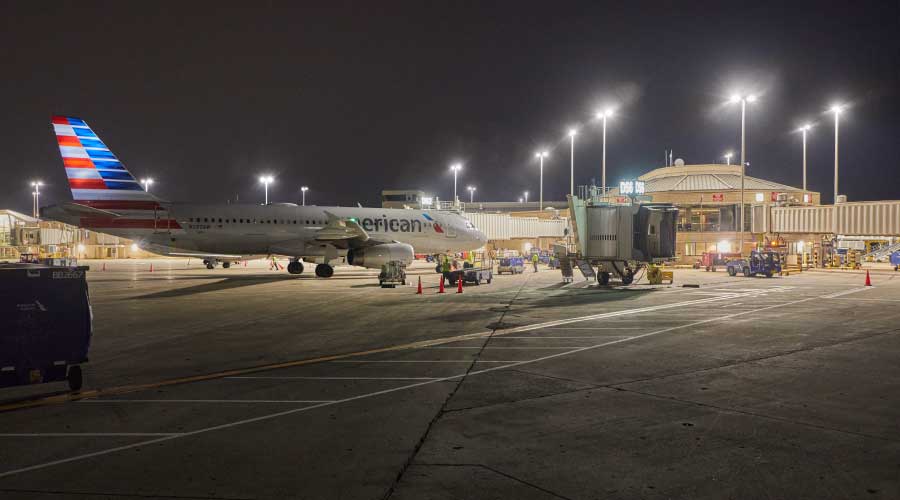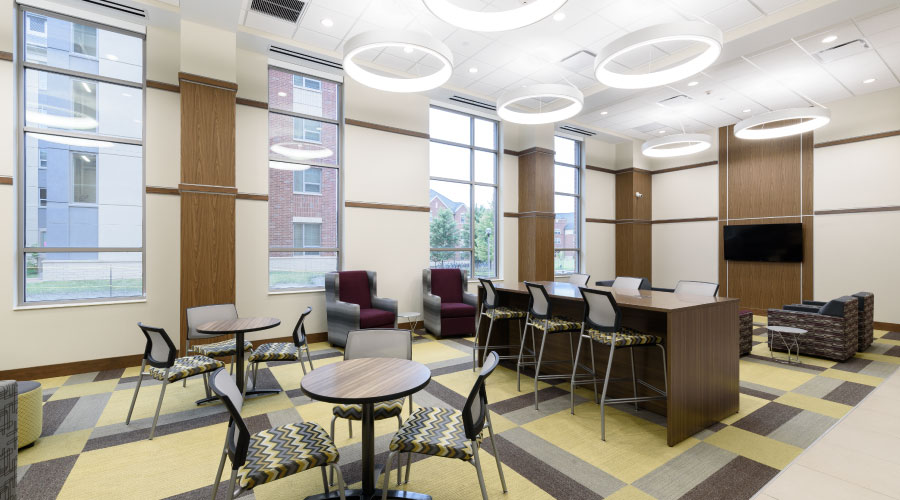What To Keep In Mind When Considering Advanced Lighting Controls
If you're interested in the benefits of advanced lighting controls, there are several points to keep in mind.
First, take a look at fixtures and lamps in the space. Existing fluorescent fixtures usually do not have dimming ballasts. Additionally, if the fixtures are supplied as instant start, then the sockets are shunted. Dimming ballasts require the use of non-shunted sockets to allow for a heating circuit at each cathode (each end of the lamp). If you're planning to retrofit, it's critical to determine if existing fluorescent fixtures have shunted or non-shunted sockets, and if the existing lamp type is actually dimmable.
You should also be aware that, in addition to requiring dimming ballasts (for fluorescent) or dimming drivers (for LED), some form of controller is required to tell them what to do. They either have to be incorporated into the fixtures or, for less granular control, they can be attached to a branch or switch leg upstream of the fixtures themselves.
The installation of advanced lighting controls is a good opportunity to take a look at zoning. Are the fixtures currently zoned in a logical manner? Do you want to change the grouping of lights, or add zones? If so, you may need a system with more granular addressability so you can reconfigure zones without regard to existing branch circuit wiring. For ultimate flexibility, you would need a system that provides individual addressability. However, this also requires much greater system bandwidth for communication, and there may be a substantial cost adder as well if the system is priced based on capacity or number of nodes. Often, spaces do not require that level of granularity.
Another point to consider is plenum access. If your facility has asbestos in the plenum, and you don't want to do abatement, then you won't be able to pull any additional control or power wires for the new system. Wireless systems can overcome this problem because they have integral controllers that can be installed in the fixtures from below and do not require additional control wires running through the plenum. The only real difference between wired and wireless systems is whether or not you connect control wires between system components. Another possible method to overcome this problem is to use power-line carrier systems that send control signals over the existing power wires, at the zero-cross point of the sine wave. However, such systems usually have limited granularity in terms of addressability.
Keep in mind that if you install a new lighting control system, you still have to provide for emergency egress lighting. This usually requires additional components, like relays that bypass the control system components during a power failure.
The installation process has complications beyond disrupting occupants when retrofitting fixtures or running new control wires through the plenum. With advanced lighting controls, all components have to be "discovered" and then programmed. This may or may not be a trivial process. Additionally, if you install new fluorescent lamps, you may have to program the system to allow for a 100-hour burn-in period, although some lamps do not require this.
Related Topics:















